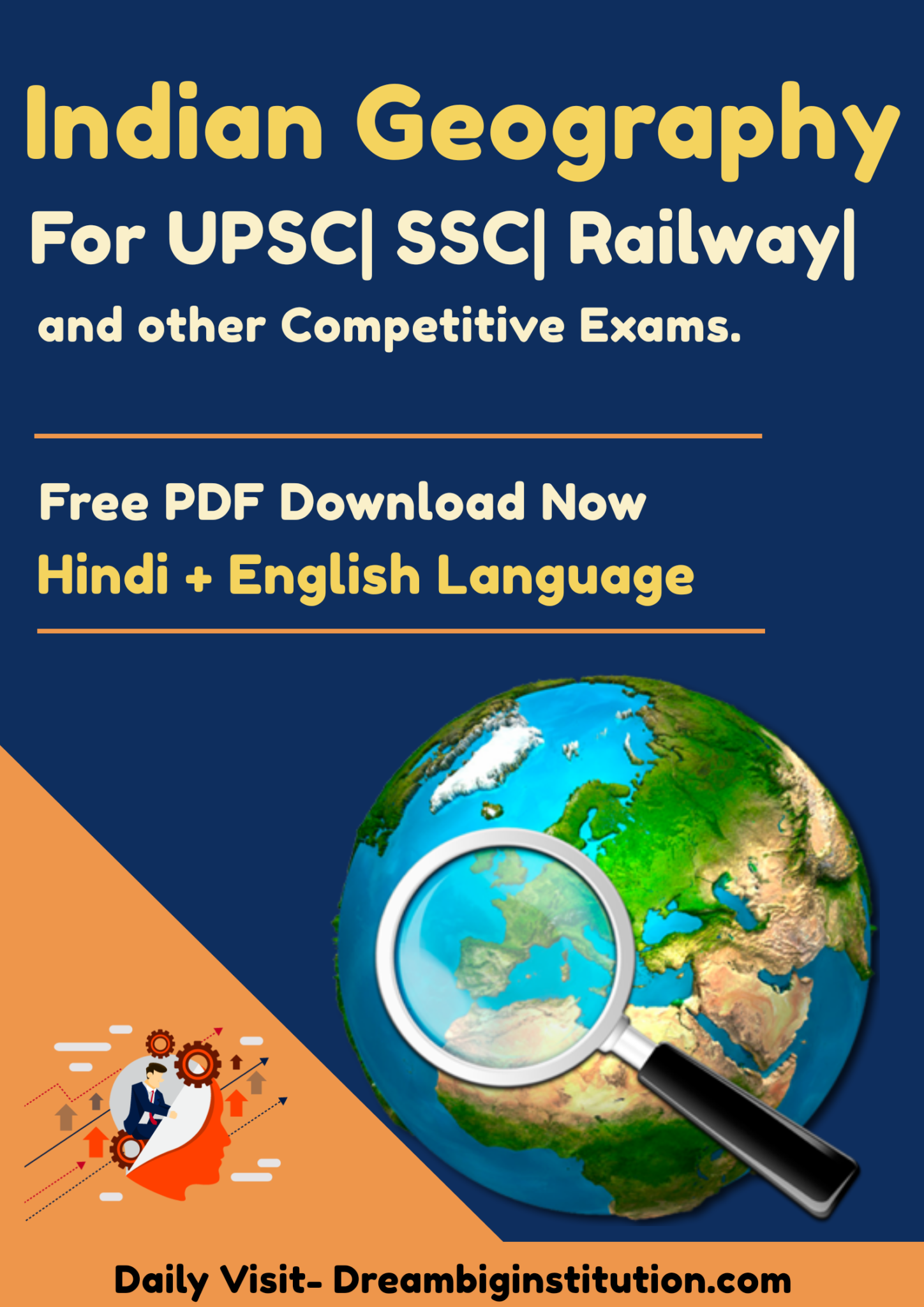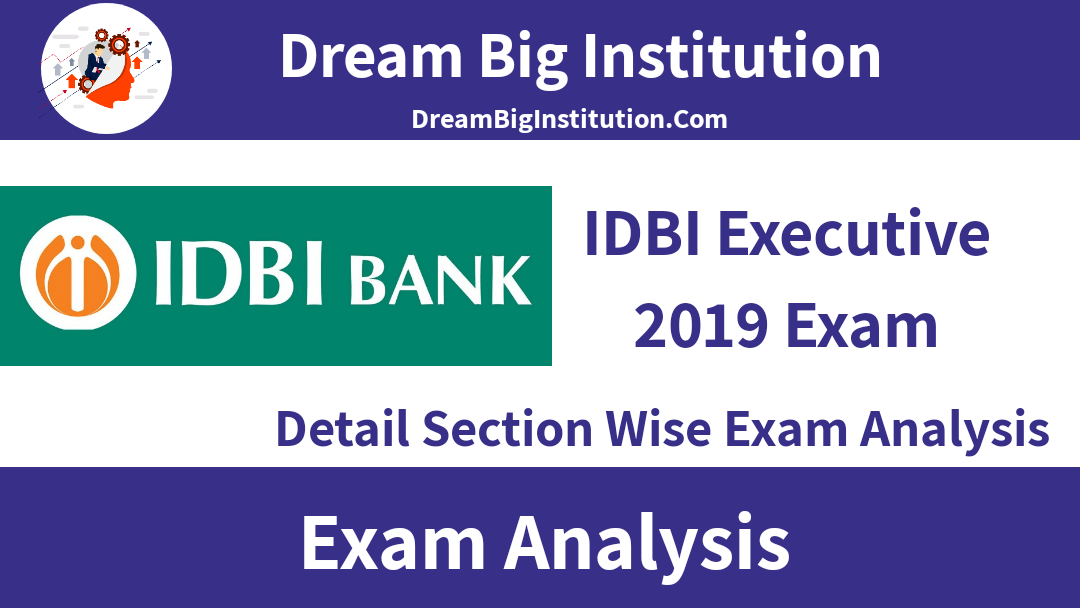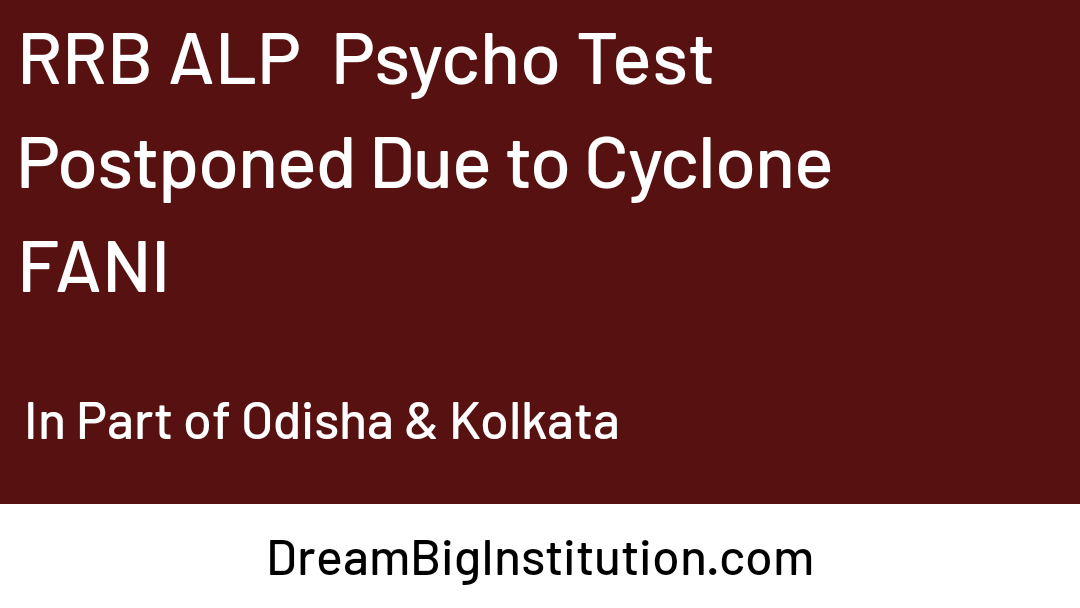Table of Contents
Indian Geography PDF in English+hindi Language
Dear Aspirants, GA section is taken on the light note but plays a vital role in achieving the score required to cross the cut off marks. We are providing important Geography questions for this, it will help you to score well in GA section if you regularly follow the contents provided on scaffold website Dream Big Institution a regarding general knowledge important questions. Indian Geography PDF in English+hindi Language For UPSC, SSC, Railway and Other Competitive Exams.
Introduction
Among all the subjects that are included in the syllabus of the Civil services examination, Geography arguably has the largest syllabus. It also has great overlap with other topics. Hence, covering it becomes a challenge for the aspirant. In such a scenario, it is easy to go off at a tangent and study something that may not be required in the exam. Also, since nearly one-fifth of the paper has questions related to geography and environment, the weightage of the subject is certainly high. The aspirant requires a coherent strategy to be able to cover all the topics. To do this, we have analyzed the subject in detail.
Indian and World Geography-Physical, Social and Economic Geography of India and the World.
Thus the syllabus has two components:
- World Geography-Physical, Social and Economic
- Indian Geography-Physical, Social and Economic
Your study schedule should ideally have the above divisions. This will allow you to create a checklist to go through so that you can set your targets accordingly.
Now, you must learn to sub-categorize the syllabus. A good way is to follow the table of contents given in the NCERTs. The World Geography syllabus is given below:
- World Geography
- Physical Geography
Geomorphology
- Earth in the Solar system
- Latitude, Longitude and Time Zones
- Structure of the Interior of the Earth
- Continental Drift
- Plate Tectonics – Plates
- Pacific Rim of Fire
- Volcanic and Earthquake belts of the World
- Landforms – Mountains (Block and Fold)
- Landforms – Plateaus
- Landforms – Plains
- Major Drainage basins
Oceanography
- Features of ocean bottom reliefs
- Oceans, inland lakes, and seas
- Temperature and salinity of water bodies
- Ocean currents of the Atlantic Ocean
- Ocean currents of the Pacific Ocean
- Ocean currents of the Indian Ocean (Winter and Summer)
- Ocean bottom resources – Polymetallic nodules, Ferromanganese crusts
- Tides and related effects
- Coral reefs
- Marine Pollution
Climatology
- Structure of the atmosphere
- Heat budget
- Meridional circulation
- Planetary and Local winds
- Rainfall types
- Fronts and temperate cyclones
- Tropical cyclones
- El Nino, La Nina, Walker circulation, Southern oscillation
- Climatic regions of the world
Environment and biodiversity are separate topics in the syllabus parts of Environmental geography and Biogeography are best covered under those sub-headings. This will allow you to cover current affairs in detail as well.
Social geography
Under World geography, social geography is rarely covered. It is thus advised that you prepare current affairs related topics on:
- Demographic changes
- Population distribution and future trends
- Migration – voluntary and forced (including refugee issues)
- Annual publications of the UN Population Fund
- Review of SDG progress
Economic Geography
- Food resource distribution (can be interlinked with climatic regions under Physical geography)
- Non-energy mineral resource distribution
- Energy resource distribution (coal, uranium, thorium, wind, solar, tidal and geothermal)
- Location of major ports, trading centers, financial centers and other places of economic significance in current affairs
This covers the syllabus sub-categorization for world geography. Similarly, a break up of the Indian geography syllabus can be done. A good way is to use the table of contents of the NCERTs which ideally divide the syllabus along logical lines. Here is how we divide the Indian geography syllabus:
- Physiographic divisions of India
- Drainage systems
- The climate of India (including climatic regions)
- Vegetation
- Soils
- Disasters and Geophysical phenomena like Earthquakes and Tsunamis
- Population: distribution, demographics, major tribal groups (focus on current affairs)
- Agricultural resources – food crops, non-food crops, cattle, and other biological resources
- Mineral resources of India (with mapping)
- Energy resources of India (with maps)
- Major Industries and industrial regions
- Transport: Road, rail, air, water (major routes and projects)
Download Free PDF
Best Study Material and Study Notes For RRB Exams
You May Also Like Some of Our Best Practice Sets (Hindi)
















